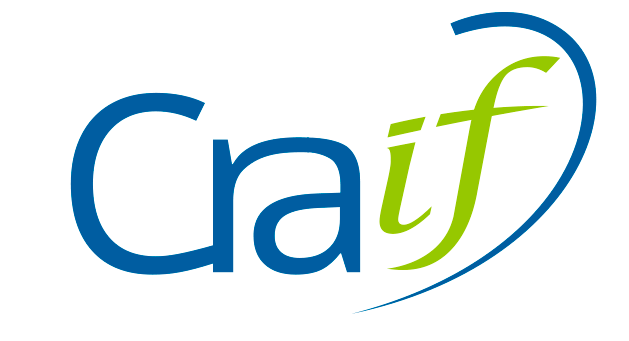Associations and methods
The Son-Rise program is a therapeutic approach developed for autistic children, mainly applied in a family setting. Created by Barry Neil Kaufman and Samahria Lyte Kaufman in the 1970s for their son Raun, who was diagnosed with severe autism, the program emphasizes accepting the child's behaviors without judgment, eye contact, and the absence of coercive control. It is taught to parents at the Autism Treatment Center of America and during clinics in other countries. Raun Kaufman, in his work, explains that this method is based on a search for interaction based on the actions and interests of the child, without normalizing judgment. It aims to understand and treat autism as a social interaction disorder rather than a behavioral disorder, by listening to the child and adopting appropriate verbal and non-verbal communication. However, the Son-Rise method has attracted controversy and criticism. A 2003 study showed that participation in the program could bring more harm than benefit for affected families. Furthermore, in 2006, a publication in the journal "Autism" highlighted the difficulty of evaluating the effectiveness of this program. In 2005, the National Autistic Society criticized the emphasis on making eye contact, which can be problematic for some children. In France, the High Authority for Health classified the Son-Rise program among non-recommended interventions in autism in March 2012 .
The 3i method, developed in France in 2004 by Catherine de La Presle, is a method of treating autism centered on play. Inspired by the American Son-Rise program, developed by Neil Kaufman, the 3i method is based on three fundamental principles: intensive, individual, and interactive. According to the AEVE association, the 3i method aims to stimulate the development and sensory normalization of children with autism through play in a fun and caring environment, respecting their pace. The child is placed in a specially designed environment, called a "cradle", to create a sensory cocoon conducive to intensive, individual and interactive play sessions. These sessions are designed to encourage contact, exchange and imitation, always aligning with the child's interests. The method is divided into three phases corresponding to the different levels of development of the child. It aims to gradually lead the child to the most independent school or social life possible, whatever their age or level of ASD. These phases range from the awakening of consciousness and communication to socialization and discovery of the world, to the gradual return to collective groups, school learning and a normal life. Despite its application by certain families and associations, the 3i method remains controversial in the scientific and medical community, particularly due to its lack of official recognition and solid scientific evidence demonstrating its effectiveness.
Maison départementale des
personnes handicapées
MDPH 75
69, rue de la Victoire 75009 PARIS
Tel : 01 53 32 39 39
Association Autisme Info Service.
Florent Chapel, président
12, rue Marcel Doret – 92140 Clamart
The "Les Bullotins" crèche, co-founded by Aliénor de la Taille, a clinical psychologist who was our psychologist from the start of my son's care until he was six years old, is an initiative born from the clinical experience of two health professionals. This nursery is specially designed for children with Neurodevelopmental Disorders (NDD), including Autism Spectrum Disorders (ASD). It offers a mixed and adapted environment, emphasizing individual activities such as sensoriality, motor skills, art, sport and education, aiming to facilitate the integration of children into a collective environment. The Bullotins use the DAISEE program, which promotes transdisciplinary work focused on play and imitation. This program aims for the overall development of the child (sensory-motor, cognitive and emotional) and their harmonious integration into the community and ordinary environment. The teams from the organization's different crèches, such as that of La Garenne-Colombes led by Céline Hervé, and that of Clichy led by Isabelle Guillemaut, childcare nurse, and Delphine Chaussebourg, educator of young children, contribute to this specialized approach.
Centre de Ressources
Autisme Île-de-France
10 rue Waldeck Rochet 93300 Aubervilliers
Le CRAIF (Centre de Ressources Autisme Île-de-France) est un lieu de ressources, d’information et d’orientation sur l’autisme, ouvert à tous. Le CRAIF est membre du Groupement National des Centres de Ressources Autisme (GNCRA), qui fédère l’ensemble des Centres de Ressources Autisme sur tout le territoire français et les DROM (Départements et Régions d’Outre-Mer).





